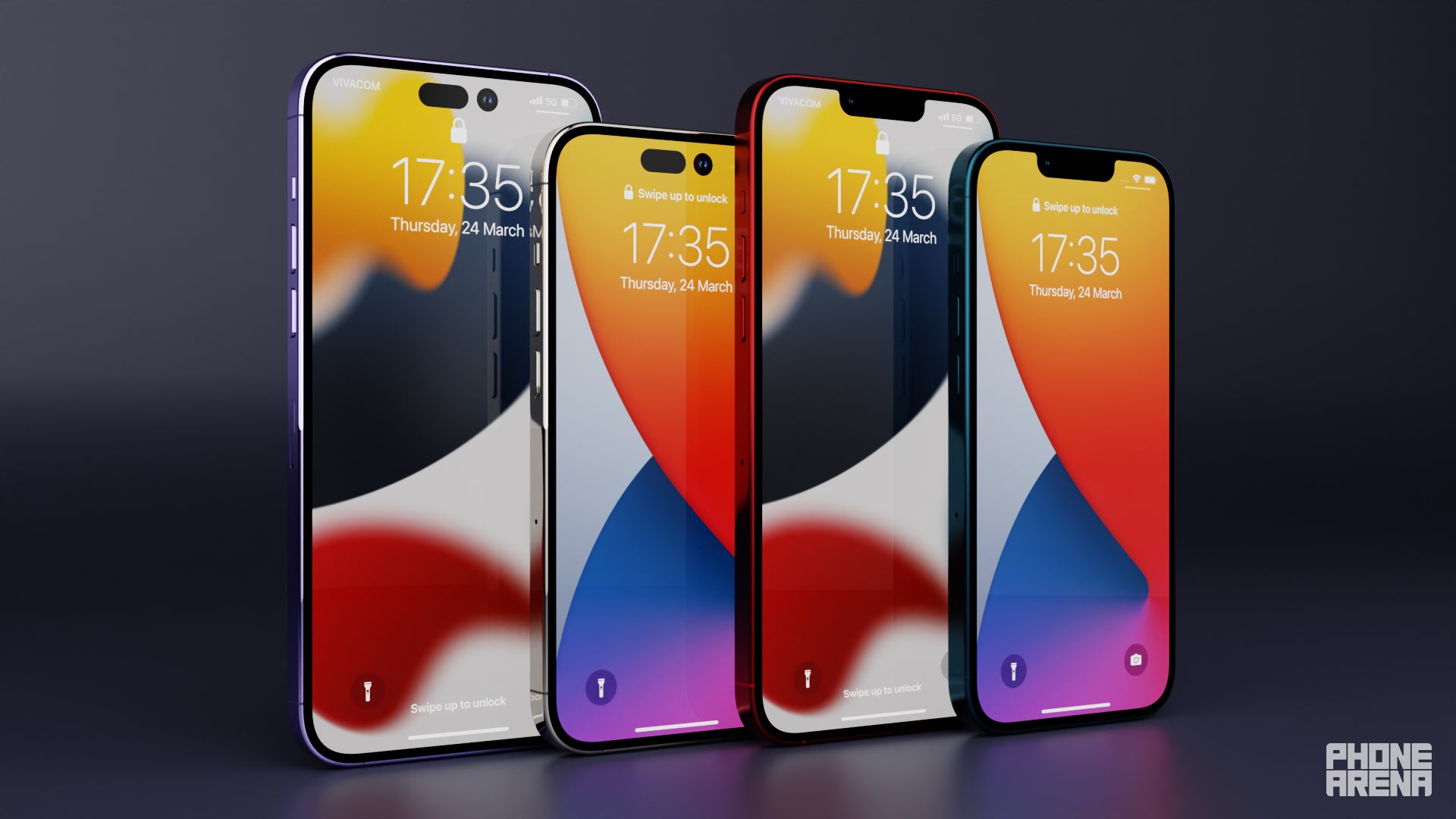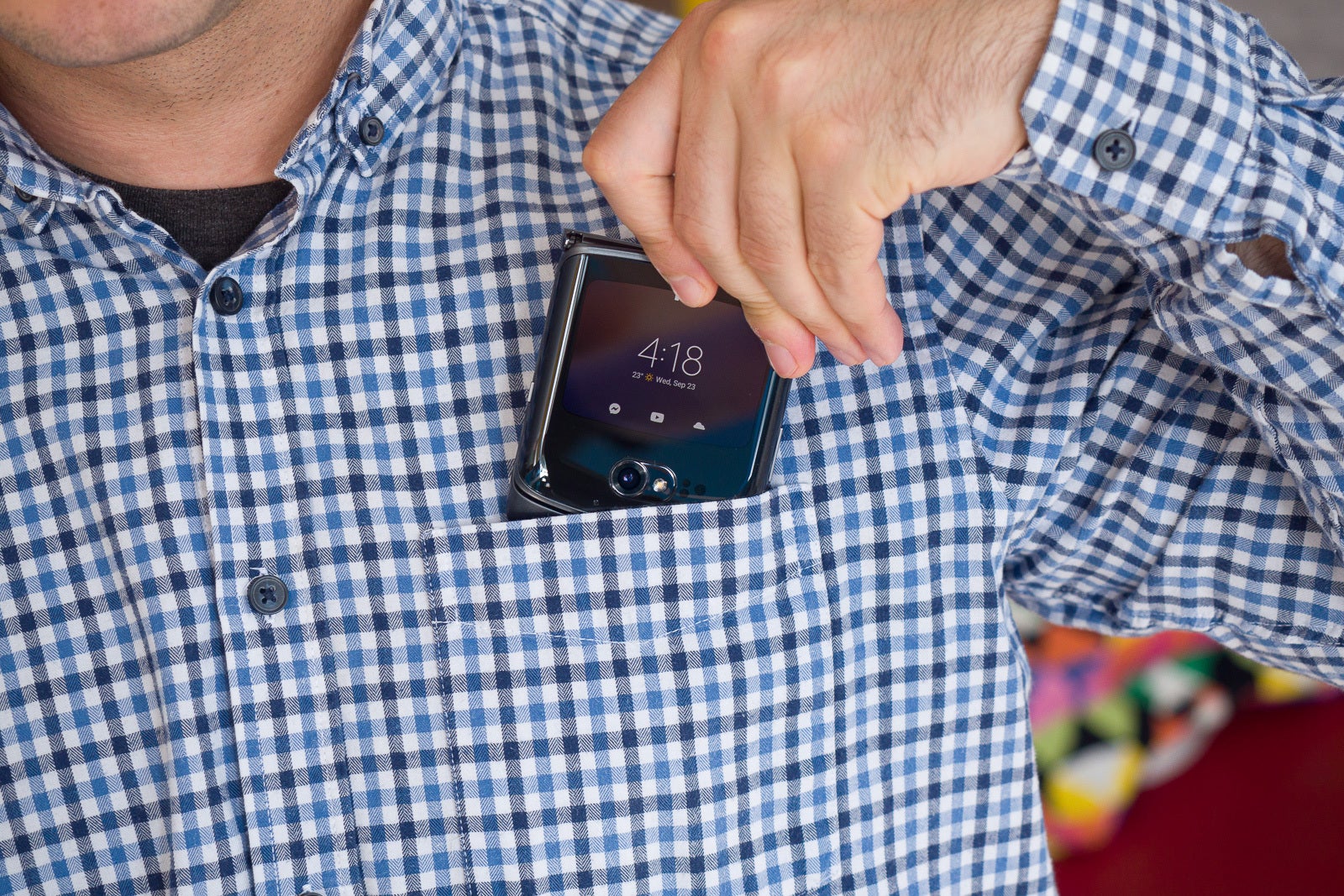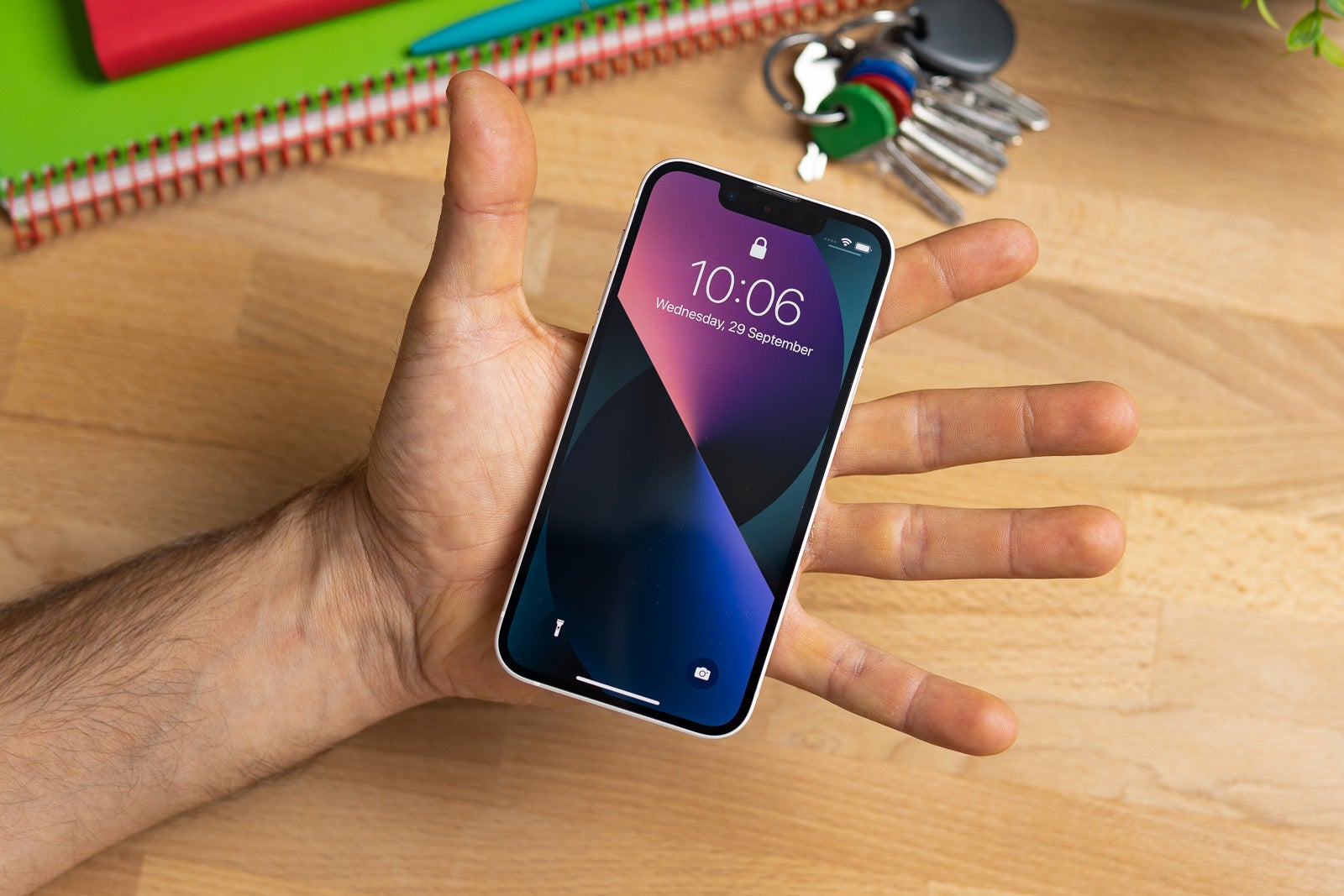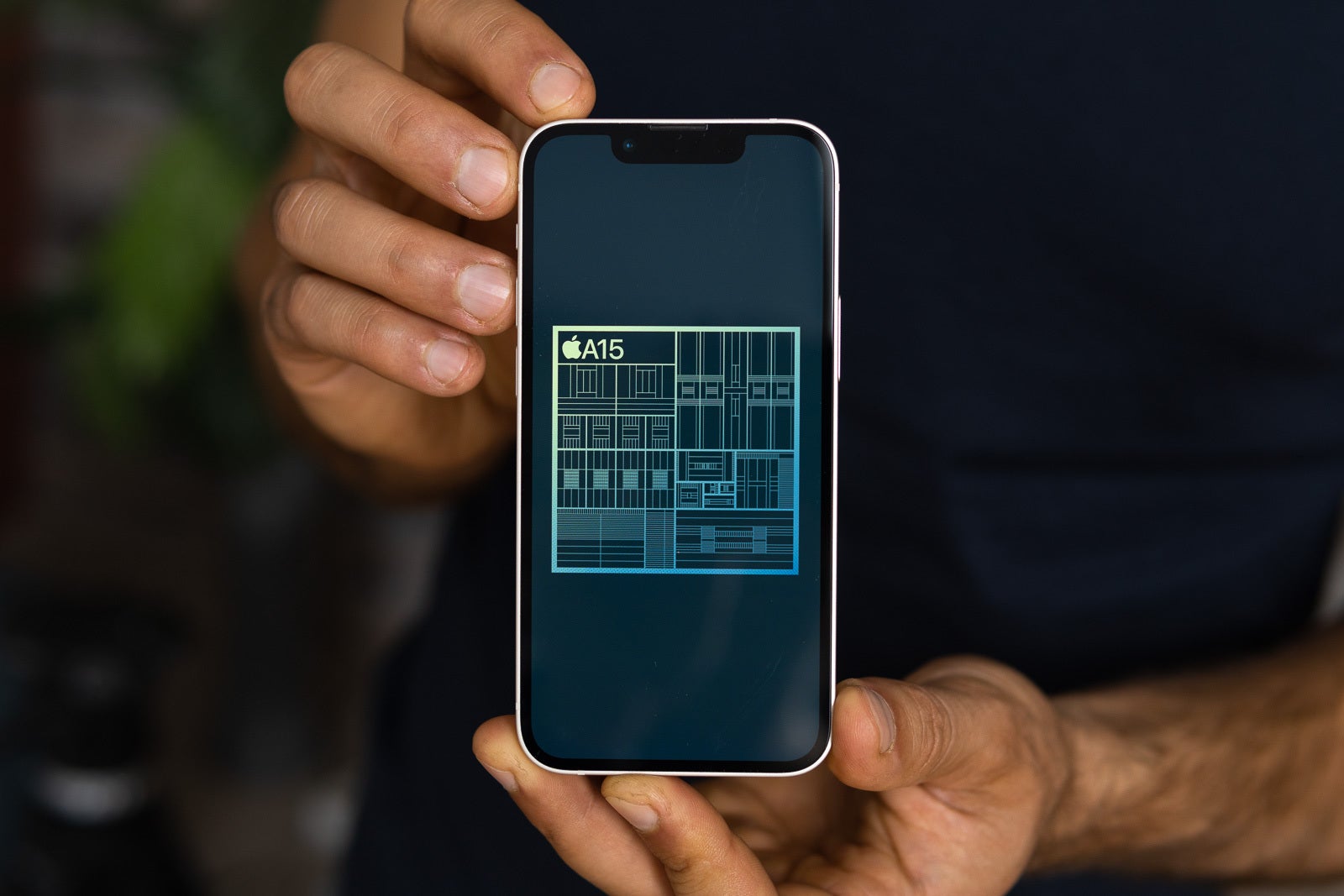Big expectations, even bigger screens
Huge phones seem to be all the rage these days. Over the past decade, we have seen a steady increase in the average size of a smartphone’s display. If you were to take the first iPhone (which in itself had an abnormally large display for its time) and compare it to current industry standards, the former would be dwarfed by even the smallest present-day headsets. But is a big display truly a good thing? For many, the answer would be a definitive ‘yes’. But there are still some, including myself, that fail to understand our obsession with size.
Disclaimer
Now would be the perfect time for a small disclaimer. The majority of this article is based on my personal opinion and experience with bigger-than-average smartphones. I am not arguing in favor of small screens. I am merely trying to explain that they have some merit and that there are still users that would choose a small screen if it does not come at the expense of other compromises.
Additionally, the omission of an iPhone 14 Mini does not necessarily spell the death for smaller phones in the long run. It does indicate a clear trend, however. And this trend is precisely what I would like to discuss.
The state of the Market
What do I mean by this? By taking a look at the sale numbers for the iPhone 13, it becomes clear that big displays sell well. Very well, in fact. For the iPhone 14, Apple is rumored to be planning to introduce a cheaper non-Pro version of the Max lineup. One can only speculate as to how this decision will play out in the long run. Nevertheless, it is apparent that Apple is increasingly catering to fans of big displays and bigger smartphones.

Renders showcasing the prospective iPhone 14 lineup, based on the information available as of now. No Mini version is expected.
Portability
Firstly, people underestimate how invaluable portability is. The main reason why we spend a disproportionately high amount of time on our smartphones as opposed to conventional screens is the fact that the former are always within arm’s reach. Typically, you would not need to put much thought into how you can take your smartphone with you – just place it in your pocket. Well, this is becoming increasingly cumbersome. Especially when one considers the fact that carrying a smartphone in your pocket usually means having to opt for some sort of protective case. The added bulk combined with the ever-inflating screen size means that it is increasingly difficult to comfortably have your device with you at all times – pockets just no longer cut it.
In light of this, it makes perfect sense why foldables with the form-factor of the Galaxy Flip and Motorola Razr lineups sell considerably better than their bigger counterparts. Much of this is due to pricing differences, but the trend also indicates that at least some users place value on how easy it is to simply take your phone everywhere, without having to worry about what you will do with it when it is not being used.


The Motorola Razr fits like a dream in pockets. Good luck doing that with iPhone 14 Pro Max.
Handling
This is a concern that many seem to overlook, in my experience. I guess the vast majority of tech reviewers fall into the category of “big-handed people” and this is why very few of them consider just how difficult it is for someone with small hands to handle a device like the Galaxy Note or the iPhone Pro Max. I, for once, have very small hands and can speak from experience. Having a large phone that you can barely grasp as your daily driver is not a pleasant experience. Not only are certain portions of the screen virtually impossible to reach, but also dropping your expensive, big phone is something you have to get used to. Things become even more comical when you are in bed and your phone falls squarely on your face.


iPhone 13 Mini in-hand experience.
Going back to my personal experience, I used to own a Galaxy Note 4 back in the day, to which I upgraded from an iPhone 5s. I ended up selling the Note after 6 months. Despite it being an incredible smartphone, I simply could not accept having to deal with muscle aches just so that I can use my smartphone.
Big screens are not always necessary
It is very much true that most average users primarily rely on their smartphones for content consumption and the majority of their daily tech uses (i.e. social media, work-related activity etc). This is often the main rationale behind the push to expand screen sizes. It truly makes a difference whether you are watching a movie on a 5-inch screen or a 7-inch one. The same goes for intensive productivity tasks.
However, there are still some (myself included) that use their smartphone alongside a handful of other devices, without the former being necessary the first gadget I reach for. When you have a dedicated 10+ inch tablet, it makes little sense to consume media on your smartphone (even if it boasts a 7-inch screen).
Hence, for me (and I assume other people) the smartphone serves a particular set of purposes, none of which require a ginormous screen. On the off-chance that I have to do something that would be done better on a larger screen one my smartphone, a 5.5 inch is good enough to do the job.
Compromises are not always ideal
Ok, point(s) taken. If you are a user that has experienced some of what I have explained, it has become clear that bigger is not, in fact, necessarily better. The problem is that even if you are well-aware of the constraints that come attached with a larger screen, the options that you have as a consumer are not ideal.
Usually, smaller phones make a compromise in at least one of these departments – processing power, display quality and build quality. I am not considering reductions in battery life, as this is something that small-phone users have to accept – small phone, small(er) battery.
The thing is, some people do not want their smartphones to feature a subpar display, a 1-year-old chipset or a plastic back. Against the backdrop of these trade-offs, some would prefer having to deal with the larger screen.
Why the iPhone Mini is special
This is why I cherish the iPhone Mini so much. Apple is offering you a smaller, but not necessary inferior phone. You receive the same stellar performance of the A15 chip, the impeccable build quality and materials and a beautiful (even if smaller) display.


Even the camera of the Mini has produced images of respectable quality, comparable to that of the bigger iPhones. You would be hard-pressed to find a similarly-sized phone with a better camera.
Thus, the Mini, although not for everyone, fills a very important niche. And it does this much more elegantly than previous scaled-down iPhones (such as the C or SE lineups). This is why I, for once, hope that the Mini is simply skipping a generation and not being scrapped entirely.
Here is to hoping
Apple has so long managed to remain reasonable when it comes to reacting to the market push for bigger smartphones. Yes, iPhones have become bigger over the years, but they are almost invariably smaller than their respective Android counterparts.
Android smartphones are something of a lost cause for me in this department. I sincerely doubt that any major phone maker will entertain the idea of manufacturing a small Android smartphone, what is left for one that is actually good.
There is good reason to believe that this is not the end of the Mini. This year around, the small gem will not be getting the love it deserves, but next year could be different. Apple has thus far demonstrated that they understand the benefits of size on both ends of the spectrum. Let us hope they will not forget.
!function(f,b,e,v,n,t,s){if(f.fbq)return;n=f.fbq=function(){n.callMethod?n.callMethod.apply(n,arguments):n.queue.push(arguments)};if(!f._fbq)f._fbq=n;n.push=n;n.loaded=!0;n.version=’2.0′;n.queue=[];t=b.createElement(e);t.async=!0;t.src=v;s=b.getElementsByTagName(e)[0];s.parentNode.insertBefore(t,s)}(window,document,’script’,’https://connect.facebook.net/en_US/fbevents.js’);fbq(‘init’,’950812218873147′);fbq(‘track’,’PageView’);

